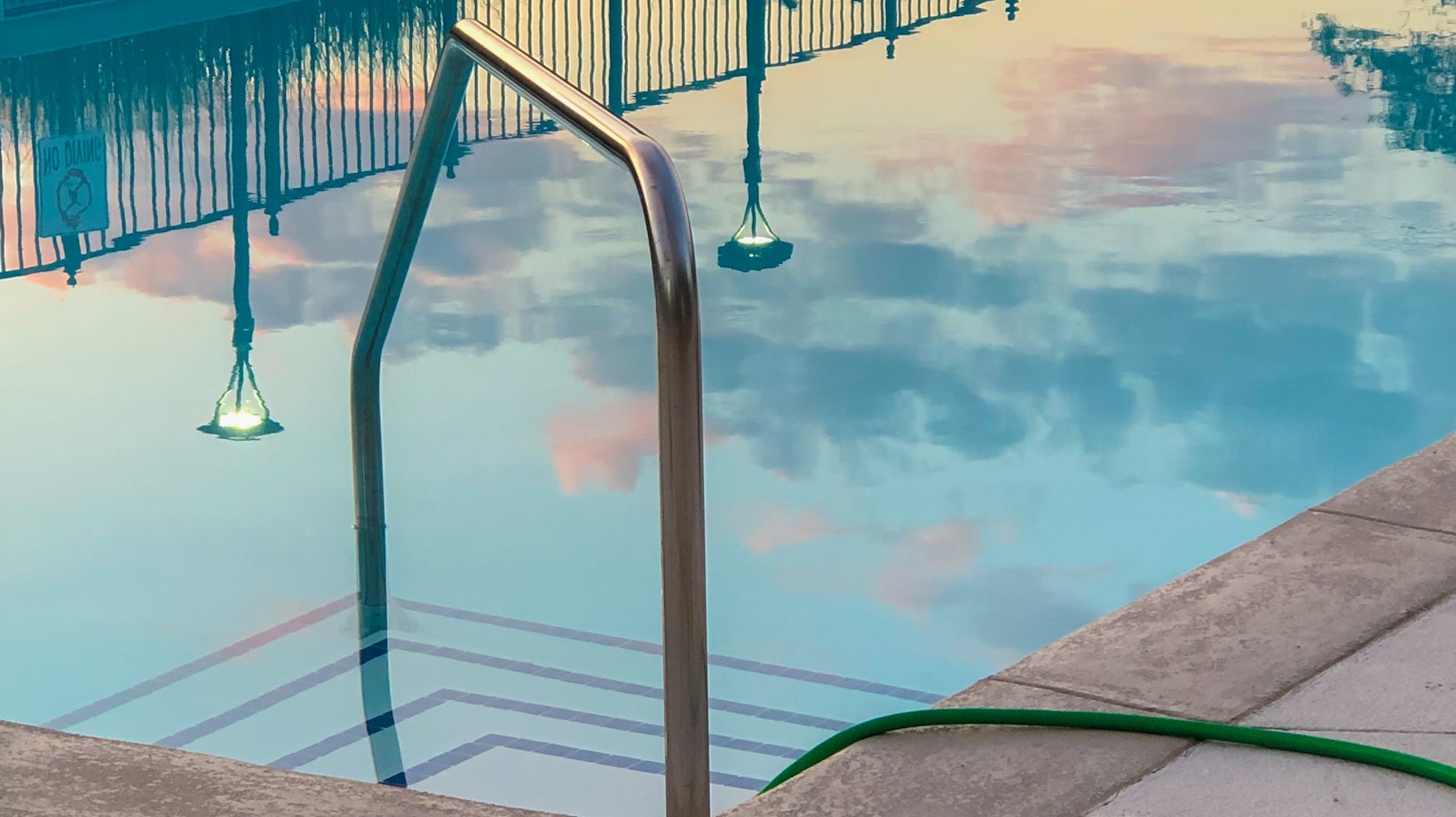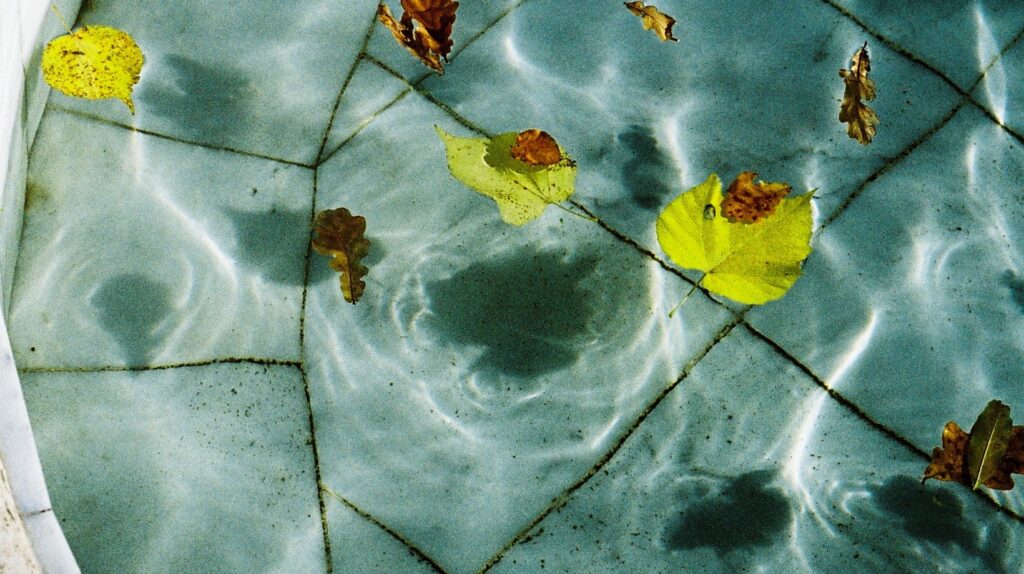Contents
Table of Contents
ToggleHow To Get Algae Out Of Pool Without A Vacuum
When it comes to preventing algae growth in your pool, selecting the right pool chemicals is crucial. The primary chemical you’ll need is a good quality algaecide. Look for an algaecide that specifically targets the type of algae you commonly encounter in your pool, whether it’s green, yellow, or black algae.
Additionally, maintaining proper water balance is essential. Test your pool water regularly using a reliable testing kit to ensure that the pH levels are within the recommended range (7.2-7.6). Imbalanced pH levels can create an environment that promotes algae growth.
Maintain Proper Water Circulation
Proper water circulation plays a significant role in preventing algae from taking hold in your pool. Make sure your pool pump and filter system are running efficiently and effectively. Keeping them well-maintained will help to ensure optimal circulation and filtration of the water.
Consider investing in a variable-speed pump if you don’t already have one. These pumps allow you to adjust the speed based on your specific needs, providing better circulation while saving energy.
Another effective way to improve water circulation is by using strategically placed return jets or additional skimmers to promote better flow throughout the entire pool.

Regularly Clean And Brush The Pool
Regular cleaning and brushing of your pool surfaces are vital steps in preventing algae growth. Algae spores tend to settle on walls, floors, and other areas where debris accumulates over time.
Here are some important cleaning practices:
- Skim debris from the surface daily.
- Vacuum or manually remove any visible dirt or debris at least once a week.
- Brush all surfaces thoroughly with a pool brush every few days.
- Pay extra attention to corners, steps, and other hard-to-reach areas prone to buildup.
By keeping up with these cleaning routines diligently, you can disrupt any potential conditions that algae need to thrive.
Now that we’ve discussed how to prevent algae growth, let’s move on to tackling the issue of removing existing algae from your pool without a vacuum. Stay tuned for our next section! Using Algaecides to Remove Algae
When it comes to tackling stubborn algae in your pool, one effective solution is the use of algaecides. These products are specifically designed to target and eliminate algae, helping you achieve a clean and clear pool without the need for a vacuum.
Here’s how you can effectively use algaecides to get rid of algae:
- Choose the Right Type of Algaecide: There are different types of algaecides available in the market, so it’s important to select the one that suits your needs. Look for an algaecide specifically formulated to treat the type of algae present in your pool. Whether it’s green, yellow/mustard, or black algae, there is an algaecide designed to combat each type.
- Follow Instructions and Dosage: Read the manufacturer’s instructions carefully before using any algaecide. Each product has specific dosage recommendations based on factors such as pool size and severity of algae growth. It’s crucial to follow these guidelines accurately for optimal results.
- Test Water Chemistry: Before adding an algaecide, test your pool water chemistry using a reliable testing kit. Ensure that pH levels and chlorine levels are within recommended ranges as this will enhance the effectiveness of the algaecide treatment.
- Distribute Algaecide Evenly: Pour the recommended amount of algaecide directly into your pool water while walking around its perimeter. This helps distribute it evenly throughout the entire pool, ensuring maximum coverage.
- Circulate Water: Turn on your pool circulation system after adding the algaecide. This helps in distributing and mixing it thoroughly with the water, allowing it to come into direct contact with all areas where algae may be lurking.
- Brush Pool Surfaces: After adding an algaecide and turning on circulation, brush all surfaces of your pool including walls, floor, and steps. This disrupts the algae’s protective barrier and exposes it to the algaecide, increasing its effectiveness.
- Maintain Proper Filtration: Keep your pool filtration system running for an extended period after adding the algaecide. This ensures that any dead or dying algae particles are effectively filtered out of the water, preventing them from causing further issues.
Remember to regularly monitor your pool’s progress after using algaecides. In some cases, multiple treatments may be required depending on the severity of the algae problem. By following these steps and maintaining a regular pool maintenance routine, you can keep your pool free from pesky algae without relying on a vacuum.

